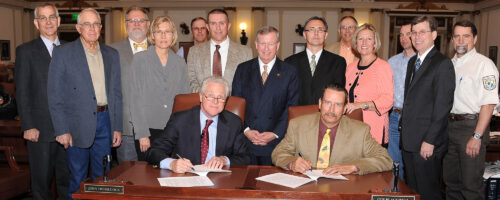Tag: noble news and views
Categories
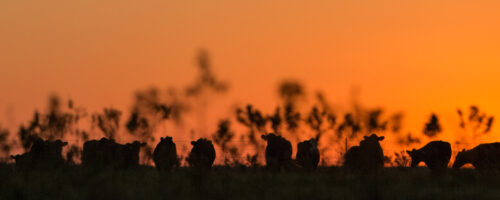
‘Employee’ analogy aids replacement heifer selection
Estimated reading time: 4 minutes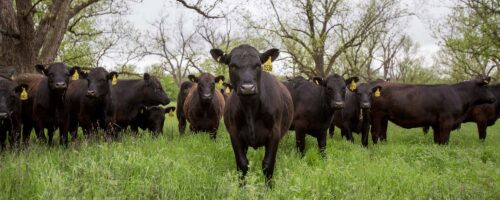
Potential mob graziers should consider precautions
Estimated reading time: 4 minutes
UHSD grazing is an approach to managing livestock on a land resource area that allows herd impact to be t...
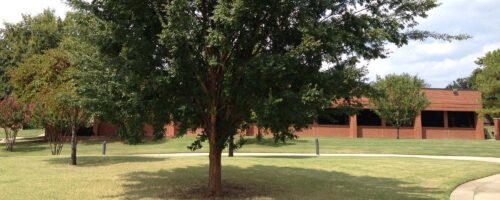
Formula provides basis for tree appraisal
Estimated reading time: 4 minutes
In order to receive financial compensation for the loss of a tree, a value needs to be established.
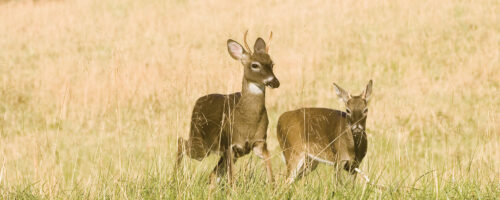
Spike buck culling seldom provides benefits
Estimated reading time: 3 minutes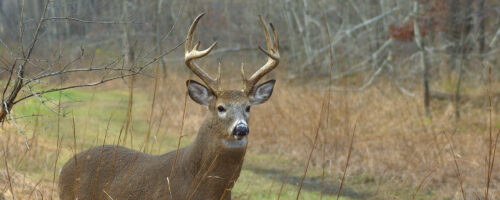
Common white-tailed deer misconceptions affect views
Estimated reading time: 3 minutes
There is a plethora of misinformation about white-tailed deer biology and management.
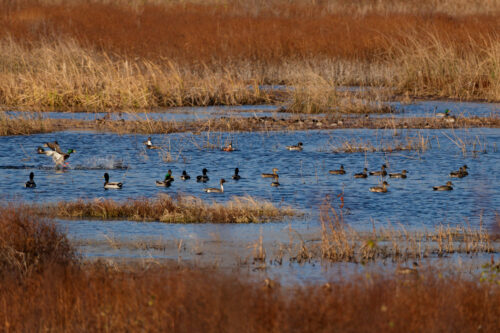
Depth, watershed considerations guide pond design
Estimated reading time: 4 minutes
Two characteristics that should be considered before constructing a new pond are depth and watershed.
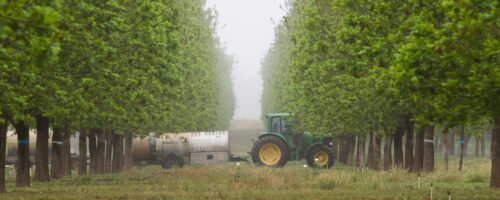
How to Identify and Control Pecan Aphids
Estimated reading time: 4 minutes
Three aphid species can prove problematic in pecans: black pecan aphids and two species grouped together...
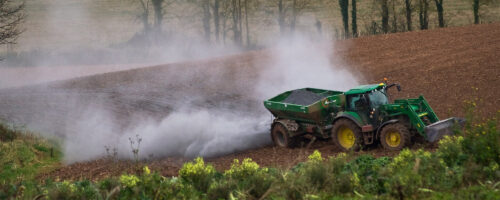
Top 10 Liming Questions
Estimated reading time: 7 minutes
Here are the most common questions we get about applying lime to your pastures.
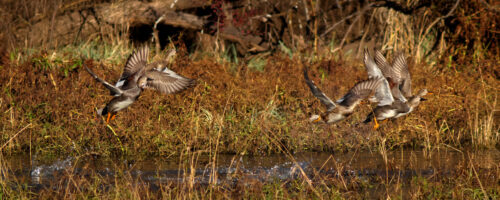
3 Ways to Attract More Ducks to Your Pond
Estimated reading time: 5 minutes
To attract more ducks to your pond, manage for clearer water, less disturbance and more duck food.
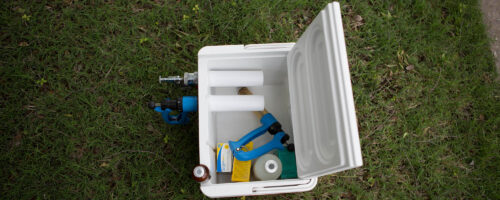
Tips, tricks save cattle producers time and energy
Estimated reading time: 3 minutes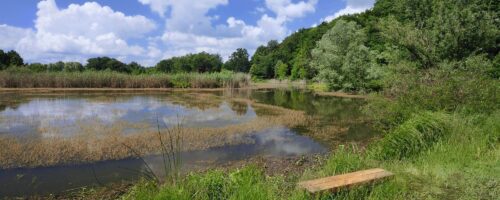
Wetlands provide ecological and economic benefits
Estimated reading time: 3 minutes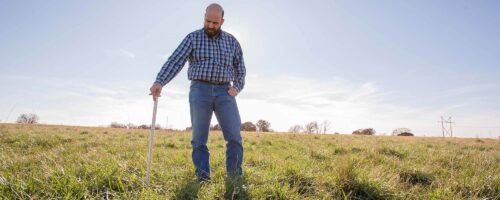
Grazing affects plant root growth
Estimated reading time: 4 minutes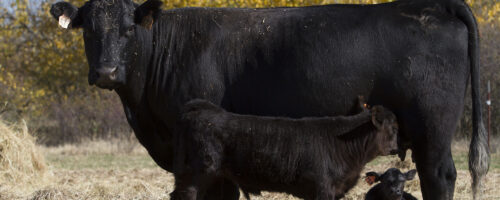
Proven strategies bring cow herd rebuilding success
Estimated reading time: 3 minutes
Buying or raising replacements is an opportunity to improve the quality of your herd and product. A few c...

Cattle nutrition rules of thumb allow quick estimation
Estimated reading time: 3 minutes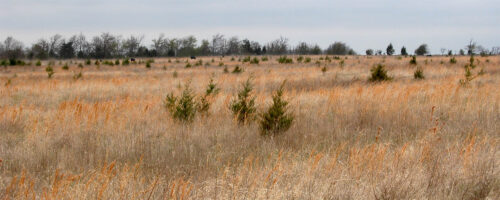
Nature manages native plant communities
Estimated reading time: 3 minutes
Several things drive native plant communities: sunlight, soils, water, herbivory, fire and rest. We could...
